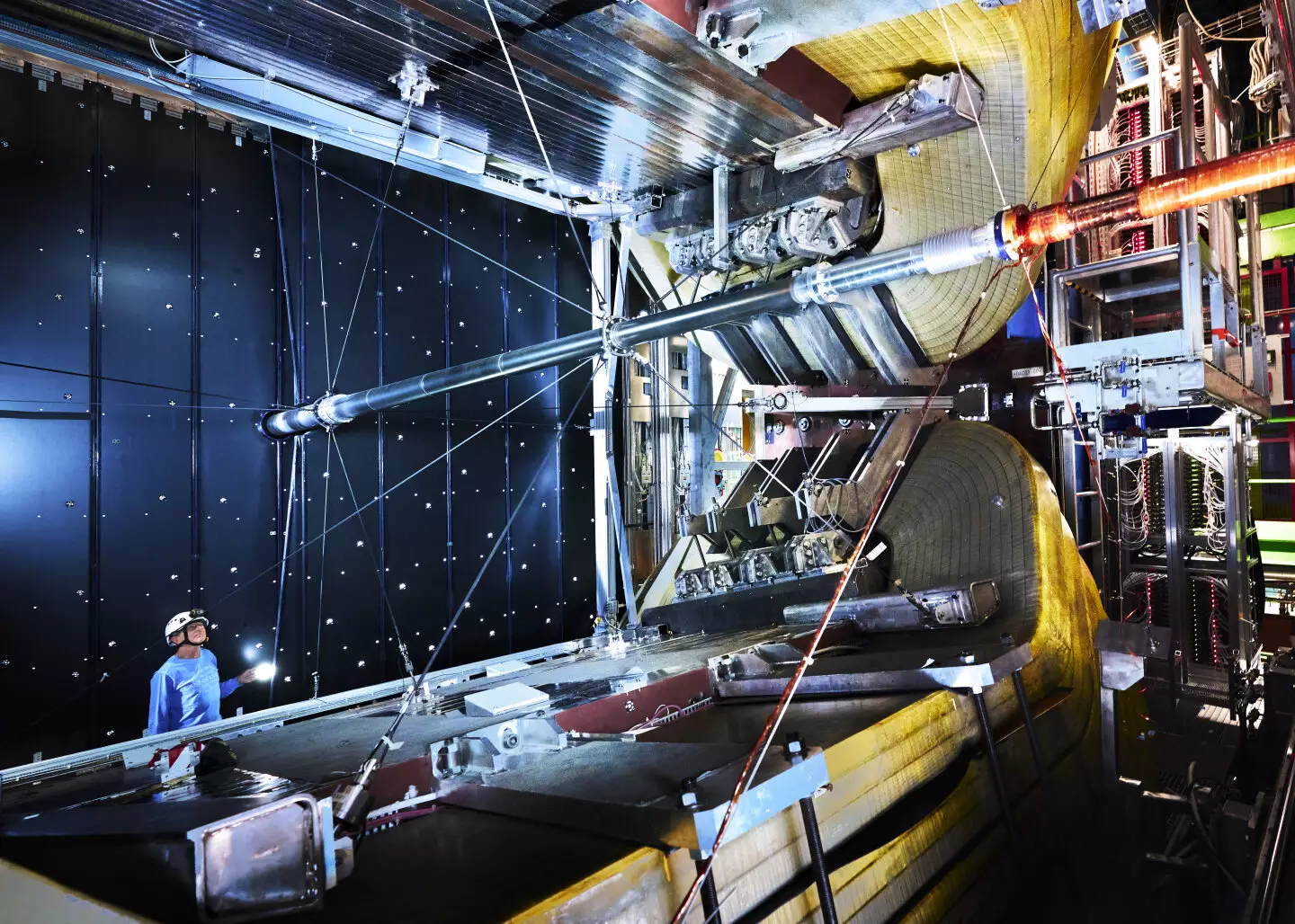The recent report by the LHCb collaboration on the observation of the decay of the Bc+ meson marks a significant milestone in particle physics research. The Bc+ meson, composed of two heavy quarks, b and c, decays into a J/ψ charm-anticharm quark bound state and a pair of pions, π+π0. This decay process provides valuable insights into the behavior of heavy mesons and their interactions.
The decay of the Bc+ meson into a J/ψ and π+π0 involves an intermediate particle, a ρ+ meson, which briefly forms before decaying into the π+π0 pair. This decay process is particularly interesting as the Bc+ meson is the heaviest meson that can only decay through weak interactions, making its study vital for understanding fundamental particle interactions.
Implications for Particle Physics
The observation of the Bc+ meson decay into a J/ψ and a pair of pions opens up new avenues for research in particle physics. This decay is unique as it involves an even number of light hadrons, making it a rare phenomenon that has not been observed before. By studying this decay process, researchers can gain a better understanding of the underlying mechanisms that govern the behavior of heavy mesons.
Challenges in Observation
One of the main challenges in observing the Bc+ meson decay into a J/ψ and π+π0 pair is the precise reconstruction of the low-energy π0 meson. This task is particularly challenging in the high-energy environment of the LHC proton-proton collisions. However, the advancements in detector technology and data analysis techniques have enabled the LHCb collaboration to successfully observe and study this decay process.
From a theoretical standpoint, the decays of the Bc+ meson into a J/ψ and an even number of pions are closely related to other fundamental processes in particle physics, such as the decays of the τ lepton and e+e- annihilation into pions. Precise measurements of these decays are crucial for interpreting results from experiments like the Fermilab g-2 experiment, which measures the anomalous magnetic dipole moment of the muon.
Comparison with Theoretical Predictions
The experimental measurement of the Bc+ meson decay into a J/ψ and a pair of pions allows for a comparison with theoretical predictions that have been made over the last three decades. The agreement between the experimental result obtained by LHCb and the theoretical predictions validates the current understanding of the decay mechanisms of heavy mesons and their interactions.
The observation of the decay of the Bc+ meson into a J/ψ charm-anticharm quark bound state and a pair of pions represents a significant advance in particle physics research. This observation not only sheds light on the decay mechanisms of heavy mesons but also provides valuable data for further studies on fundamental particle interactions. The continued research in this area will undoubtedly lead to a deeper understanding of the fundamental building blocks of the universe.


Leave a Reply